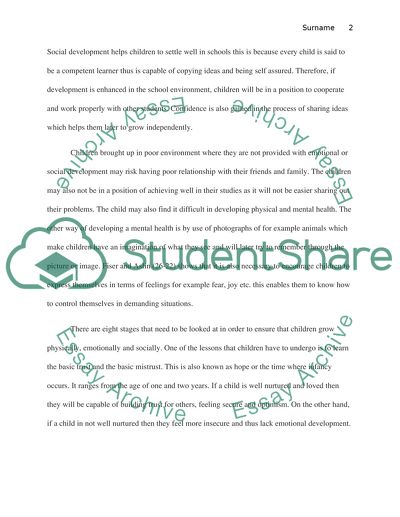Cite this document
(Personal, Social and Emotional Development of Children Dissertation, n.d.)
Personal, Social and Emotional Development of Children Dissertation. Retrieved from https://studentshare.org/social-science/1739908-child-study-on-personal-social-and-emotional-development
Personal, Social and Emotional Development of Children Dissertation. Retrieved from https://studentshare.org/social-science/1739908-child-study-on-personal-social-and-emotional-development
(Personal, Social and Emotional Development of Children Dissertation)
Personal, Social and Emotional Development of Children Dissertation. https://studentshare.org/social-science/1739908-child-study-on-personal-social-and-emotional-development.
Personal, Social and Emotional Development of Children Dissertation. https://studentshare.org/social-science/1739908-child-study-on-personal-social-and-emotional-development.
“Personal, Social and Emotional Development of Children Dissertation”, n.d. https://studentshare.org/social-science/1739908-child-study-on-personal-social-and-emotional-development.


